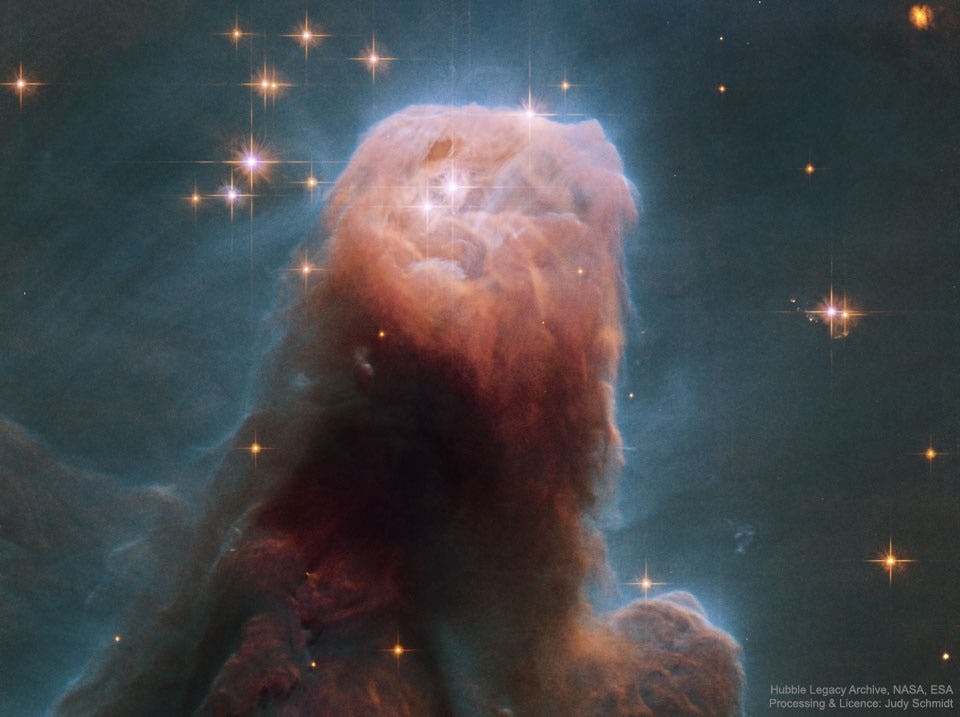From out the night, sprang forth,
a terrible person, an ugly event.
Why would you want to visit there,
when you had to live in a tent?
Tent living, is not so bad, someone,
decided, it was the best way.
He pitched his tent, a storm approached,
and blew this poor, unprepared man away.
When you live like a Nomad,
while traveling this World, broad,
you may encounter adversarial
people while you travel the road.








.jpg?fit=crop&w=280&h=280&q=93)












 - Copy.jpg?fit=crop&w=280&h=280&q=93)














